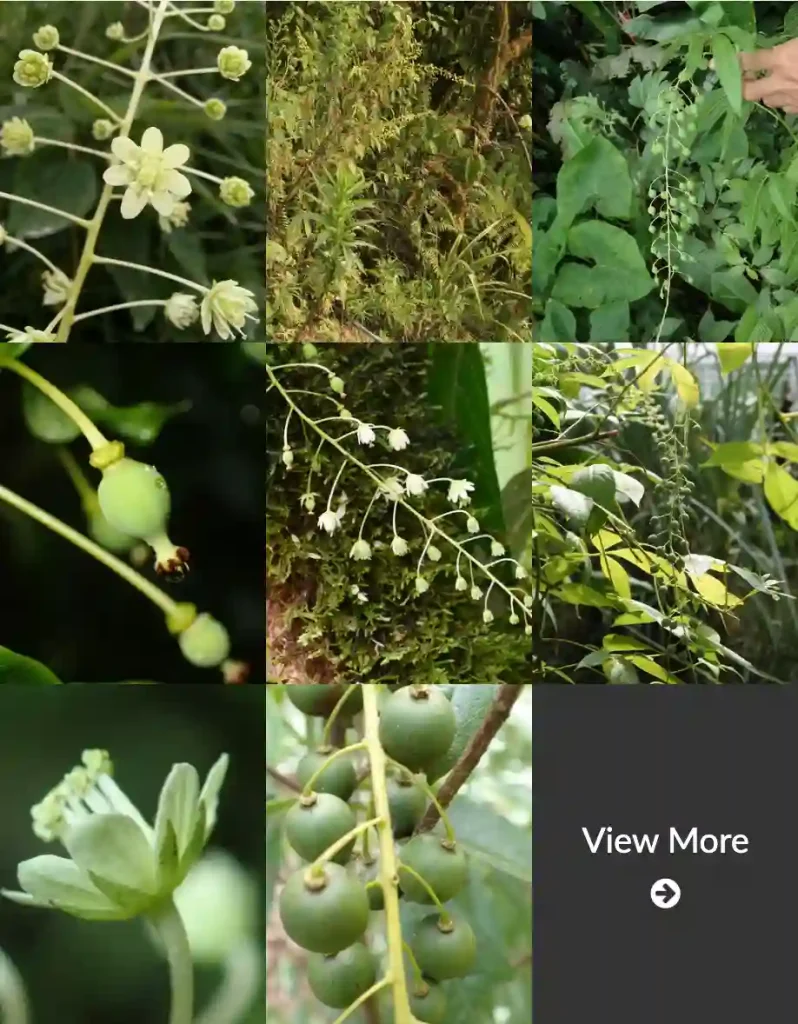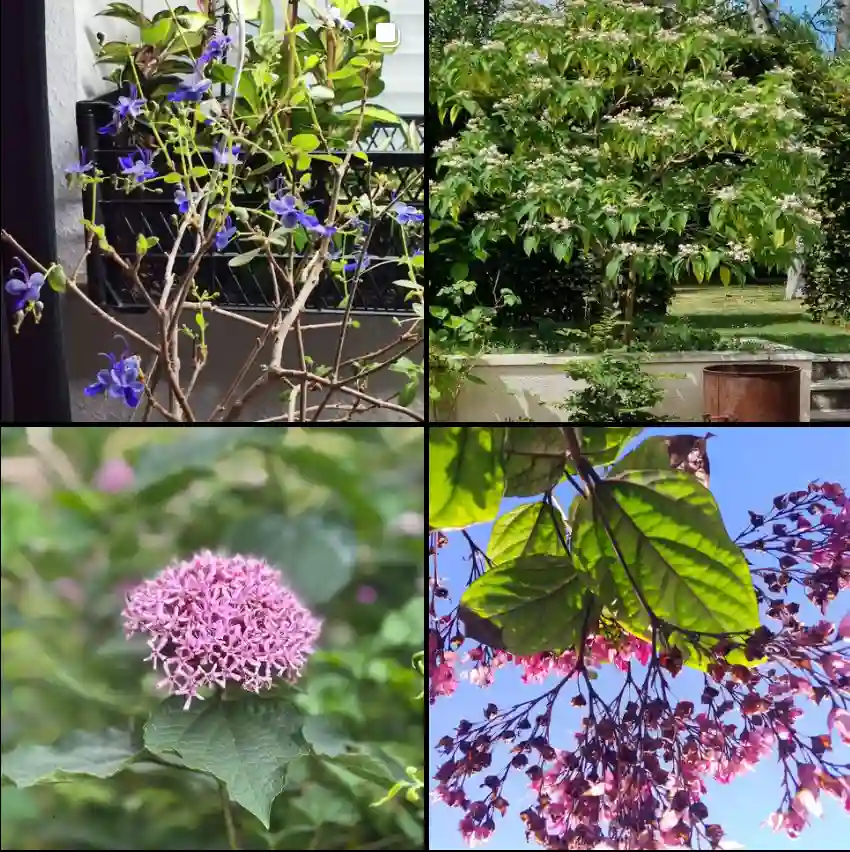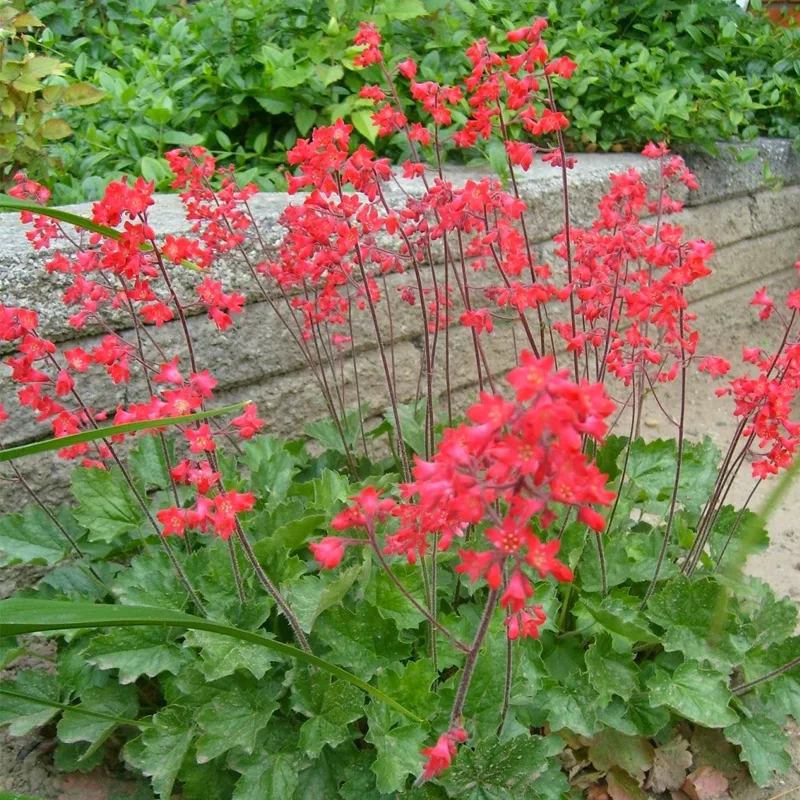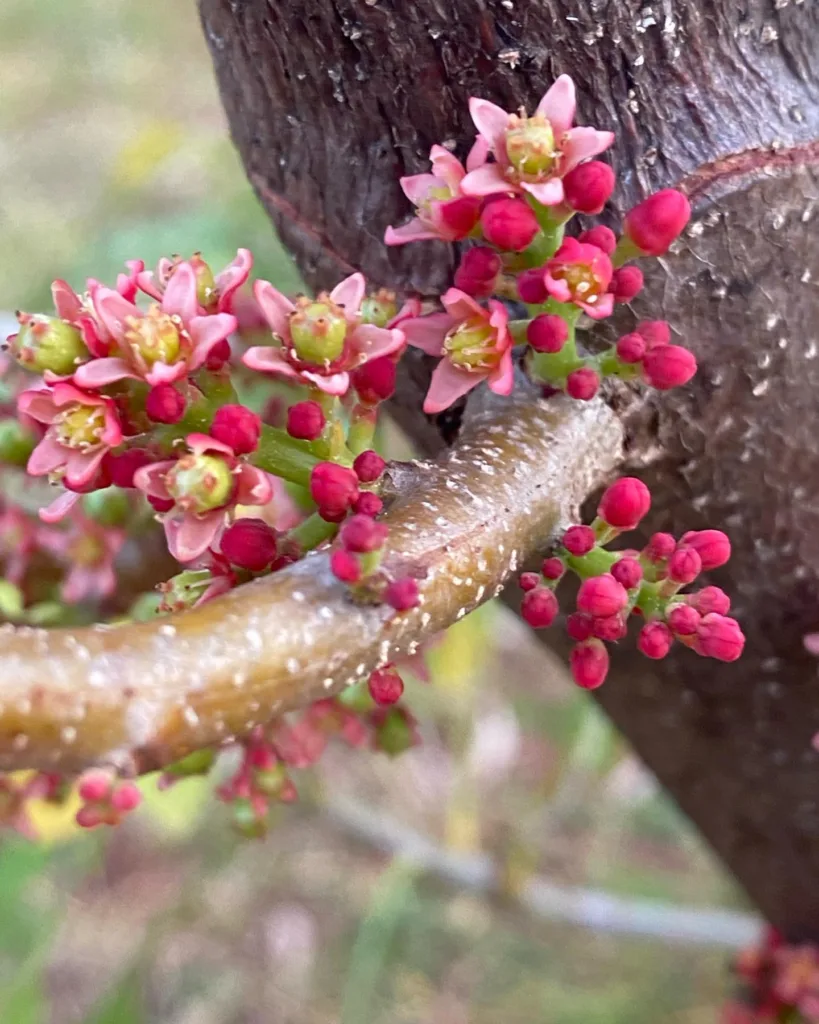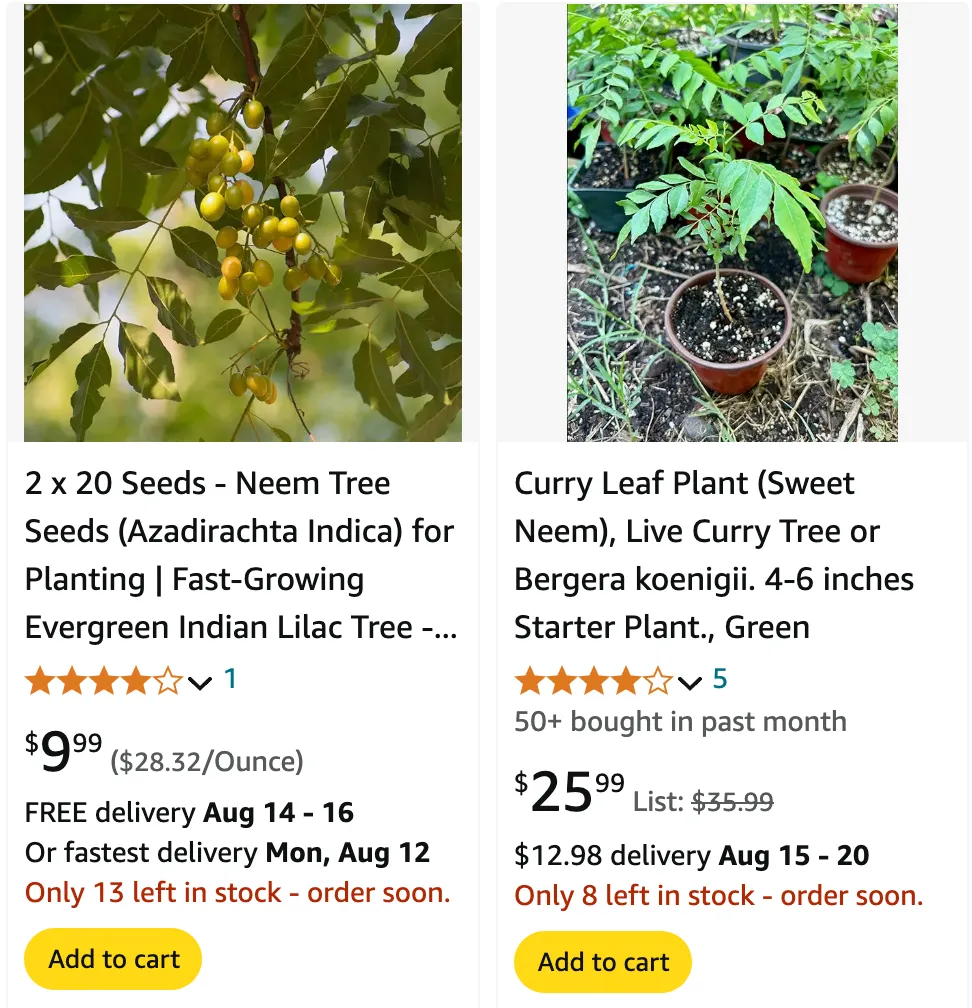
What is a Neem Tree?
The Neem Tree, scientifically known as Azadirachta Indica, is a fast-growing evergreen native to the Indian subcontinent. It’s renowned for its medicinal properties and various applications in agriculture and personal care. The tree has a high tolerance for drought and poor soil, making it a hardy addition to any garden.
What is Neem Tree Good For?
Neem Tree is celebrated for its wide range of uses. The leaves, bark, and seeds all have medicinal properties. Neem oil, extracted from the seeds, is a powerful natural pesticide and fungicide. It’s also used in skincare products for its anti-inflammatory and antibacterial properties. Additionally, neem leaves can be used to treat skin conditions, boost immune health, and even act as a natural contraceptive.
Where Does the Neem Tree Grow?
Neem Trees thrive in tropical and subtropical climates. They are commonly found in India, Pakistan, Bangladesh, and Nepal. However, they have also been introduced to parts of Africa, the Caribbean, and South America. The tree prefers well-drained, sandy soils but can tolerate various soil types, including poor and rocky ones.
Can I Grow a Neem Tree in a Pot?
Yes, you can grow a Neem Tree in a pot. It’s a great option for those who live in cooler climates or don’t have space for a full-sized tree. Ensure the pot is large enough to accommodate the tree’s root system and has good drainage. Use a well-draining soil mix, and place the pot in a sunny location. Regular watering is essential, but avoid waterlogging the soil.
Can I Grow a Neem Tree in the USA?
Neem Trees can be grown in the USA, particularly in USDA hardiness zones 9-11, which include parts of Florida, Texas, Arizona, and California. In cooler climates, Neem Trees can be grown in pots and brought indoors during the winter.
Can Neem Trees Be Grown Indoors?
Neem Trees can be grown indoors if provided with sufficient light. Place them near a sunny window or use grow lights to ensure they get at least 6-8 hours of light daily. Maintain a warm environment, ideally above 60°F, and keep the soil consistently moist but not waterlogged.
Can Neem Trees Grow From Cuttings?
Yes, Neem Trees can be propagated from cuttings. Take semi-hardwood cuttings from a healthy tree and dip the cut end in rooting hormone. Plant the cutting in a well-draining potting mix and keep it moist. Place the pot in a warm, humid environment until roots develop.
Can Neem Trees Survive Winter?
Neem Trees are sensitive to frost and cannot survive freezing temperatures. In areas where temperatures drop below 40°F, Neem Trees should be grown in pots and moved indoors during winter. Protect outdoor trees with frost blankets if sudden cold snaps are expected.
Does Neem Tree Attract Snakes?
There is no scientific evidence to suggest that Neem Trees attract snakes. Snakes are more likely to be attracted to areas with ample food sources and hiding spots, rather than specific tree species. Maintaining a clean and clutter-free garden can help reduce the likelihood of snakes.
Does Neem Tree Repel Mosquitoes?
Neem Trees are known to repel mosquitoes. The leaves and oil contain compounds that act as natural insect repellents. Burning neem leaves or using neem oil in lamps can help keep mosquitoes at bay. Neem oil can also be applied to the skin as a natural mosquito repellent.
How Big Does a Neem Tree Get?
Neem Trees can grow quite large, reaching heights of 50-65 feet (15-20 meters) under optimal conditions. They have a wide, spreading canopy that can span 20-25 feet (6-8 meters). When grown in pots, the size will be more manageable, typically around 6-10 feet (2-3 meters) tall.
How Fast Does a Neem Tree Grow?
Neem Trees are fast growers, especially in favorable conditions. They can grow 2-3 feet (0.6-0.9 meters) per year in the right climate. Regular watering, proper soil, and adequate sunlight will encourage rapid growth.
Where Can I Buy Neem Tree Oil?
Neem Tree oil can be purchased at health food stores, garden centers, and online retailers. It’s available in various forms, including pure oil, diluted sprays, and products formulated for specific uses like skincare or gardening.
How to Make Neem Tree Oil?
To make neem tree oil, start by collecting ripe neem seeds. Remove the pulp and shells, and then crush the seeds to extract the oil. This can be done using a mechanical press or by hand. The extracted oil should be filtered to remove impurities and stored in a cool, dark place.
How to Care for a Neem Tree?
Caring for a Neem Tree involves regular watering, especially during dry periods. Mulching around the base can help retain moisture. Prune the tree to maintain its shape and remove dead or diseased branches. Fertilize with a balanced fertilizer during the growing season to promote healthy growth.
How to Propagate a Neem Tree?
Neem Trees can be propagated from seeds, cuttings, or air layering. Seeds should be planted fresh for best results, as they lose viability quickly. Cuttings should be taken from semi-hardwood growth and treated with rooting hormone before planting. Air layering involves creating a wound on a branch and encouraging root formation while still attached to the parent tree.
What to Plant with Neem Tree?
Neem Trees can be planted with other drought-tolerant plants and those that benefit from its pest-repellent properties. Companion plants might include marigolds, which also repel insects, or herbs like basil and oregano that thrive in similar conditions. Avoid planting water-loving plants nearby, as they may not thrive with the Neem Tree’s watering schedule.
In conclusion, the Neem Tree is a versatile and valuable addition to any garden. Whether you’re looking to grow it for its medicinal properties, as a natural pesticide, or simply for its beauty, understanding its needs and characteristics will help you make the most of this remarkable tree.
If i die, water my plants!
